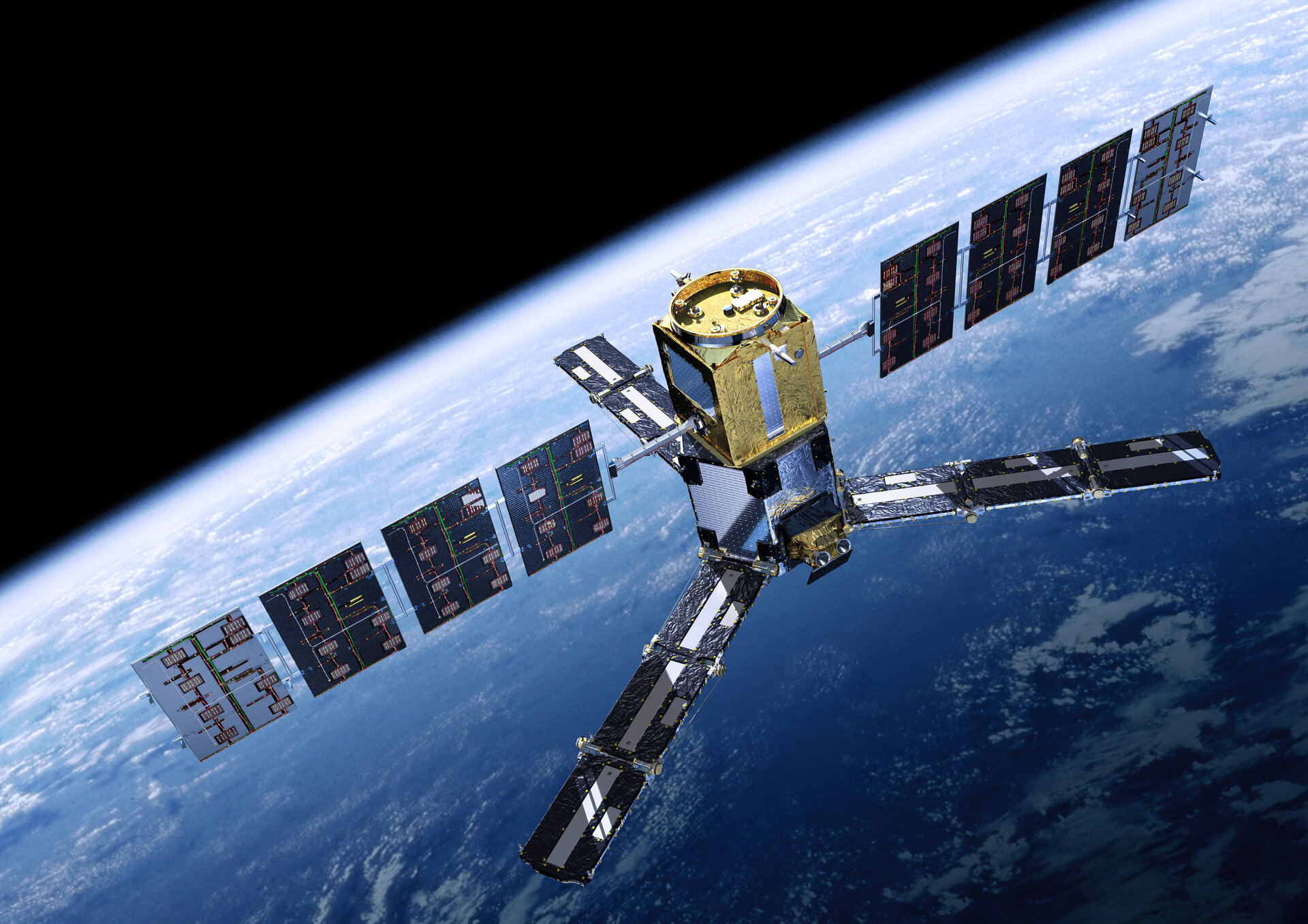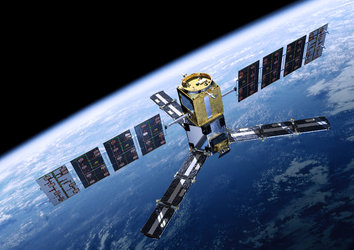SMOS operations
ESA's Soil Moisture and Ocean Salinity (SMOS) mission has been designed to observe soil moisture over the Earth's landmasses and salinity over the oceans.
Soil moisture data are urgently required for hydrological studies and data on ocean salinity are vital for improving our understanding of ocean circulation patterns.
Launched on 2 November 2009, SMOS is the second Earth Explorer Opportunity mission to be developed as part of ESA's Living Planet Programme. As well as demonstrating the use of the new radiometer, the data acquired from the SMOS mission will lead to better weather and extreme-event forecasting, and contribute to seasonal-climate forecasting. As a secondary objective, SMOS will also provide observations over regions of snow and ice, contributing to studies of the cryosphere.
Operations
ESA's Operations team is responsible for SMOS payload operations from ESA's ESAC Establishment; the mission is operated on behalf of ESA by the French space agency (CNES) from Toulouse.
Payload operations
Payload operations are conducted from ESA's ESAC Establishment near Madrid, where a small team is located.
The team comprises one engineer, Jorge Fauste, aided by industrial contractor support. Jorge acts as Payload Operations Engineer and Flight Operations Segment (FOS) Manager. Although the team is delocalised from ESOC and uses a standalone infrastructure, that infrastructure is fully based on standard systems developed by the Agency such as SCOS-2000, SIMSAT, MOIS and MUST utilities.
Planning
On top of the usual payload operation responsibilities, the team performs regular payload-related mission planning tasks. The satellite's payload – the Microwave Imaging Radiometer using Aperture Synthesis (MIRAS) radiometer – planning cycle is performed on a weekly basis, where the initial plan is prepared on Mondays and the final instrument commands are delivered to CNES on Wednesdays for final uplink to the spacecraft on Thursdays.
The planning activities contain the weekly X-band schedule together with the instrument calibration activities required for the week ahead. These calibration activities also include external calibration manoeuvres to get sky L-band images. These manoeuvres are internally computed by the FOS team acting as a mini 'flight dynamics' group independent from ESOC or CNES.
Payload S-band telemetry is received from CNES and locally processed by the team at ESAC.
MIRAS operational problems are daily managed by the team, who also prepare payload contingency commands and maintain the Flight Operations Procedures. Operations coordination meetings are held weekly between the ESAC FOS and the CNES operations team. The team at ESAC also provide on-call support, 24 hours/day, 7 days/week, to assist CNES in case of payload operations contingencies.
The FOS team also maintain a dedicated instrument simulator, MIRASIM (based on SIMSAT), and a full dedicated validation chain.
All-in-one
The delocalization of the team from ESOC, and the fact that no on-site software support is provided, means that the team at ESAC must take a highly multidisciplinary approach, and they are able to react to a variety of ground-segment contingencies such as system failures, machine installations or general system analyst tasks.
The FOS team also maintain a webpage where all the different payload contingencies and planning activities are daily maintained.
With SMOS being the only Earth observation mission at ESAC, the FOS manager also acts as the main point of contact for public relations and visits for the SMOS facilities at ESAC.
Access the complete mission profile, including details on mission and science operations, in ESA's SMOS web pages.




